Flat pack containers are revolutionizing the modular construction industry. Unlike traditional containers, these are designed for easy assembly and disassembly, making them incredibly versatile and user-friendly. Ideal for both storage solutions and adaptable living spaces, flat pack containers can be efficiently transported in compact forms, reducing logistical challenges. Whether it's for temporary housing, office spaces, or innovative architectural projects, flat pack containers offer an eco-friendly, cost-effective, and flexible solution. With their increasing popularity, they stand as a testament to the future of sustainable and portable construction.

When you think of flat pack container, you might visualize compact, minimalistic living spaces. However, a tour through flat pack container images will undoubtedly reshape that perception. A closer look at the flat pack container inside demonstrates how they are a testament to the limitless creativity and adaptability of using flat pack containers for construction.
These containers, created from what we commonly refer to as accommodation containers, can be transformed into stunning, eco-friendly dwellings. Modular construction allows for the creation of unique, modern designs with flexible layouts that cater to individual needs and aesthetic preferences. So whether you're looking for a tiny home or a sprawling multi-container mansion, there's a flat pack container design out there that can inspire you.
The core principle of using flat pack container is the idea of reuse or repurposing. However, modern flat pack containers are more than just repurposed shipping boxes. With the help of architects, designers, and builders who specialize in container construction, these dwellings can be customized to offer every amenity you'd find in a traditional containers, and often, a few unique ones besides.
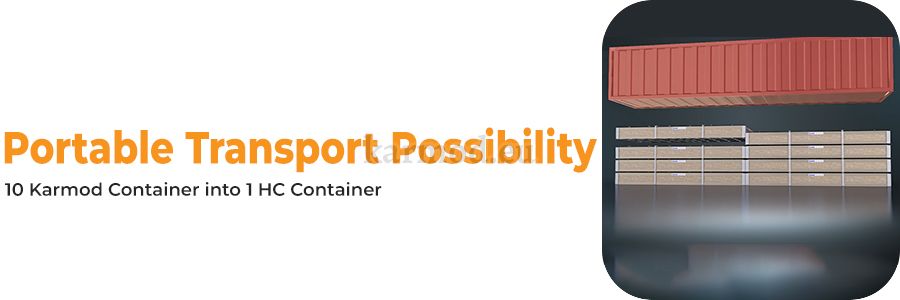
Flat pack containers are renowned for their durability and strength. Made from corrosion-resistant steel, they are built to withstand harsh weather conditions. They also offer cost-effectiveness, quick construction, and environmental friendliness, making them an increasingly popular choice for new owners.
On the inside, flat pack container can be just as welcoming and comfortable as conventional containers. Creative layout planning, innovative design solutions, and modern finishing materials can transform the cold steel structure into a warm and cozy living space. Well-designed flat pack containers often feature spacious interiors, complete with bedrooms, bathrooms, kitchens, and living areas. Advanced insulation techniques ensure that these homes are energy-efficient and comfortable in any climate.
Just as with container offices, container homes can be fitted with doors and windows in any configuration, offering plenty of natural light and ventilation. They can also be equipped with heating, air conditioning, and other modern conveniences, ensuring the same level of comfort you would expect in a conventional containers.
Overall, the evolution of container homes is revolutionizing the housing industry, and a quick look at container home images, especially container homes inside, is enough to understand why. They represent a novel approach to home construction, combining sustainability, affordability, and design flexibility in a way that conventional construction can rarely match.
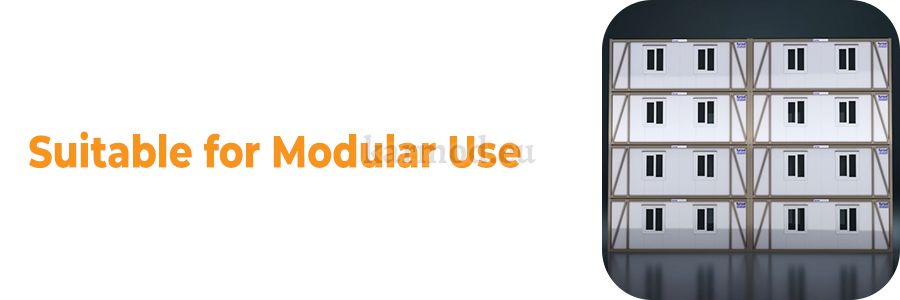
Flat pack containers have grown in popularity in recent years, not only for their practicality and convenience but also for their affordability. However, when considering the price of a flat pack container, it's essential to consider several factors:
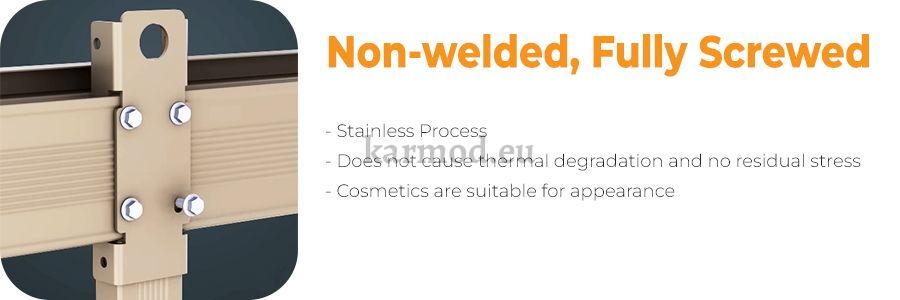
When considering the purchase of a flat pack container, it is important to note that the flat pack container price can vary widely based on several factors:

Flat pack containers come in various sizes to suit different needs. The most common sizes are:
Remember, while size impacts the flat pack container price, it also dictates the amount of usable space. Larger containers provide more flexibility but come with higher costs, both for the unit itself and for transportation and assembly. Thus, it's essential to consider your specific needs and budget when choosing a flat pack container size.
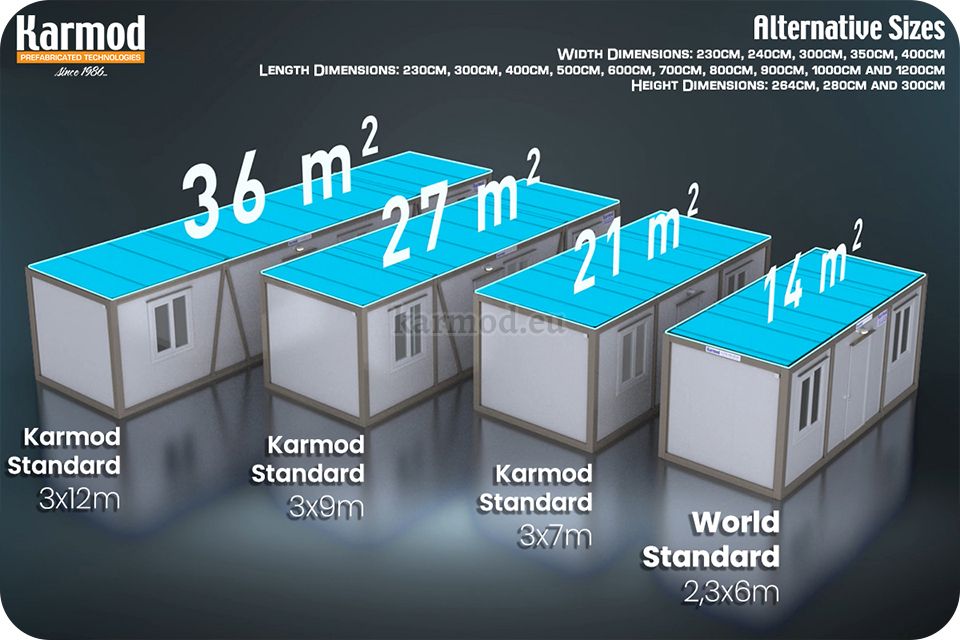
Developing a plan for your flat pack container house is the first and most crucial step in the journey towards owning a modular home. The plans detail the design, layout, and overall structure of the house. Each plan is unique, tailored to the specific needs of the homeowner, and considers factors such as the number of rooms, floor layout, and external appearance.
For instance, some may opt for an open-plan layout to maximize space within the flat pack container, while others might prefer to have separate rooms for privacy. Moreover, the plans can cater to different types of flat pack container buildings, whether it's a flat pack site office, flat pack accommodation, or a residential home.
With flat pack containers, constructing a dwelling or workspace becomes a manageable project. Whether it's a flat pack office, flat pack container home, or even a self-build container project, each endeavor presents an opportunity for creativity and customization.
Many have successfully completed a variety of projects, from single-unit homes to multi-unit flat pack modular buildings, and even container mounted shelters. These projects demonstrate the versatility of flat pack containers, proving their usefulness beyond conventional construction methods.
When purchasing a flat pack container, it is essential to consider various specifications. For instance, the insulation of the flat pack containers is a vital factor, especially if the building is to be used as living quarters or an office. Insulated flat pack containers offer better temperature control and comfort.
Flat pack container sizes are another specification to consider. While there are standard sizes, certain suppliers offer custom-sized containers, allowing for more flexibility in design. The flat pack container price is also an important specification. Prices can vary widely, depending on the size, material, and customization options chosen.
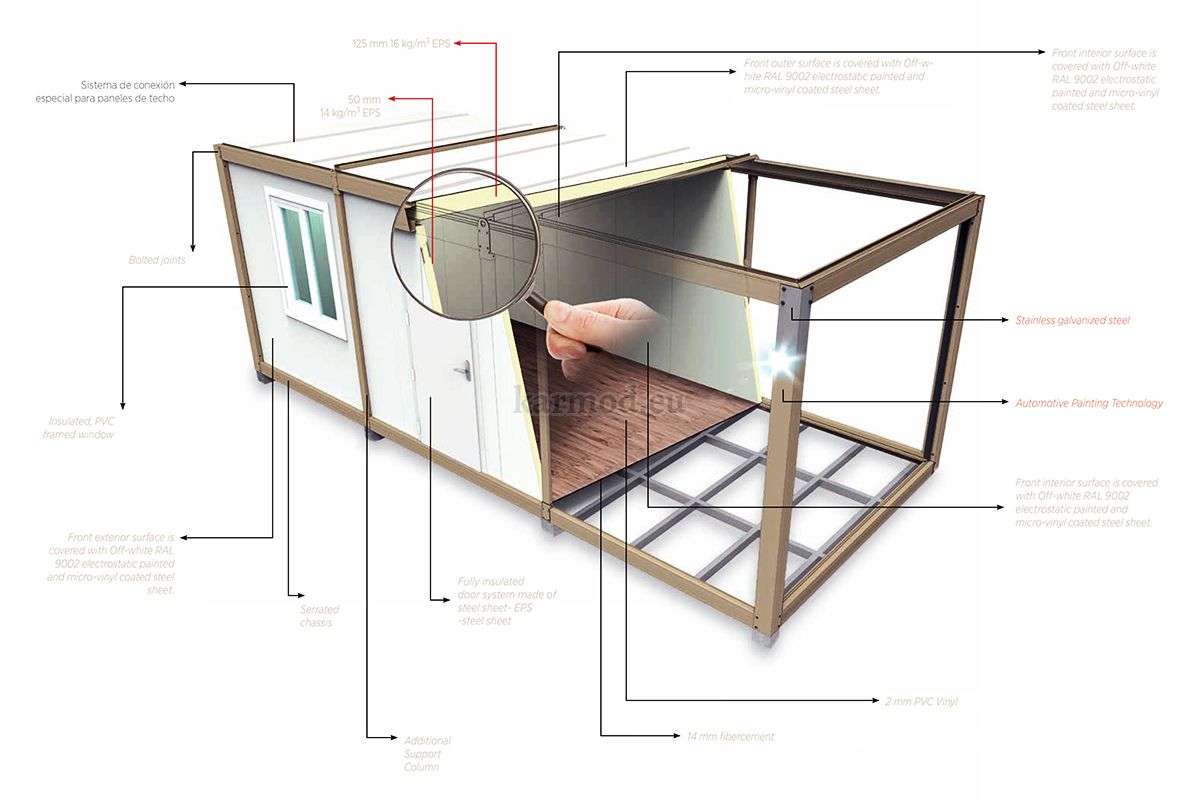
Furthermore, it's also worth considering whether to purchase detachable containers or demountable containers. Both offer different benefits, with detachable containers providing easy transport and demountable containers allowing for efficient storage when not in use.
Remember, the more precise your flat pack container specifications, the more efficient your building process will be, ensuring you get the most out of your flat pack container project.
While purchasing a second-hand or used flat pack container house may seem like a cost-effective solution, there are several disadvantages that prospective buyers should consider:
Transporting and storing flat pack containers present a unique set of challenges:
By thoroughly understanding these potential drawbacks, you can make a more informed decision when considering second-hand containers or dealing with the shipping and storage of flat pack containers.